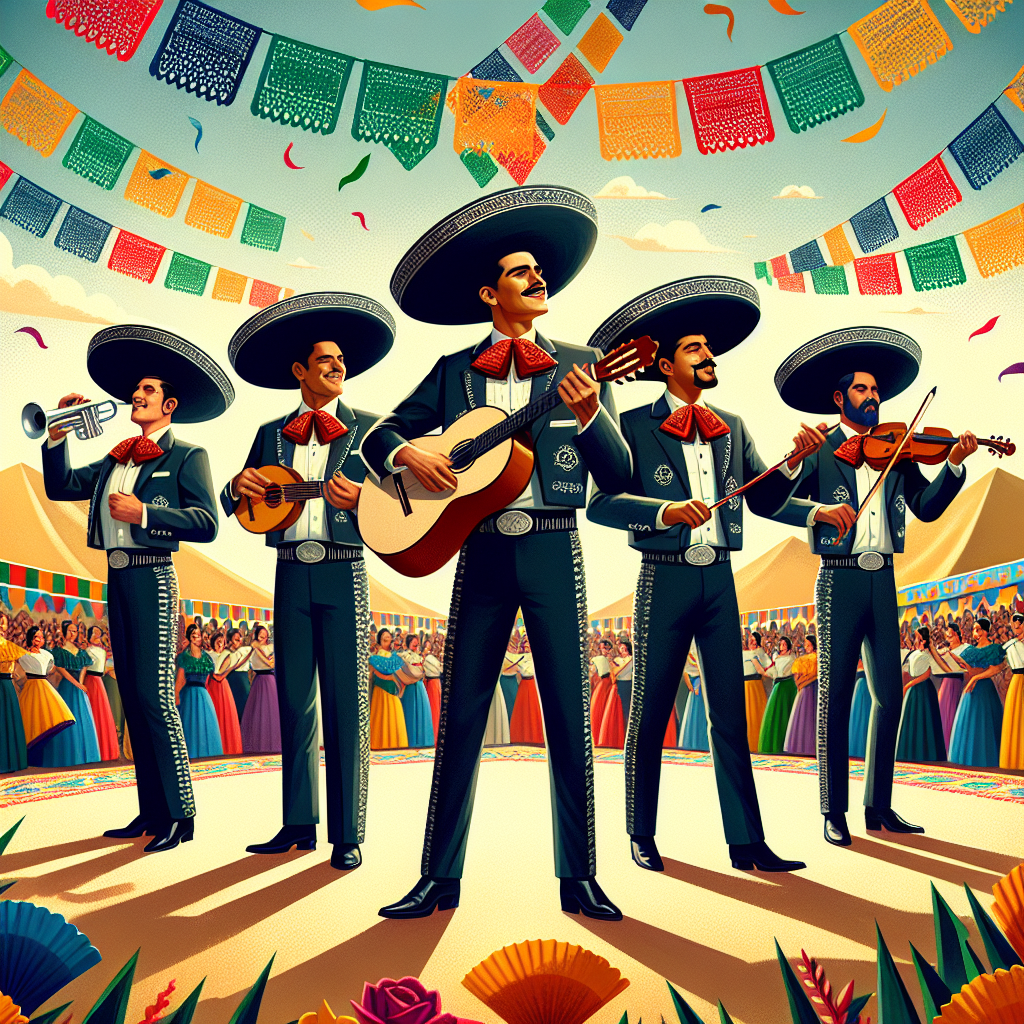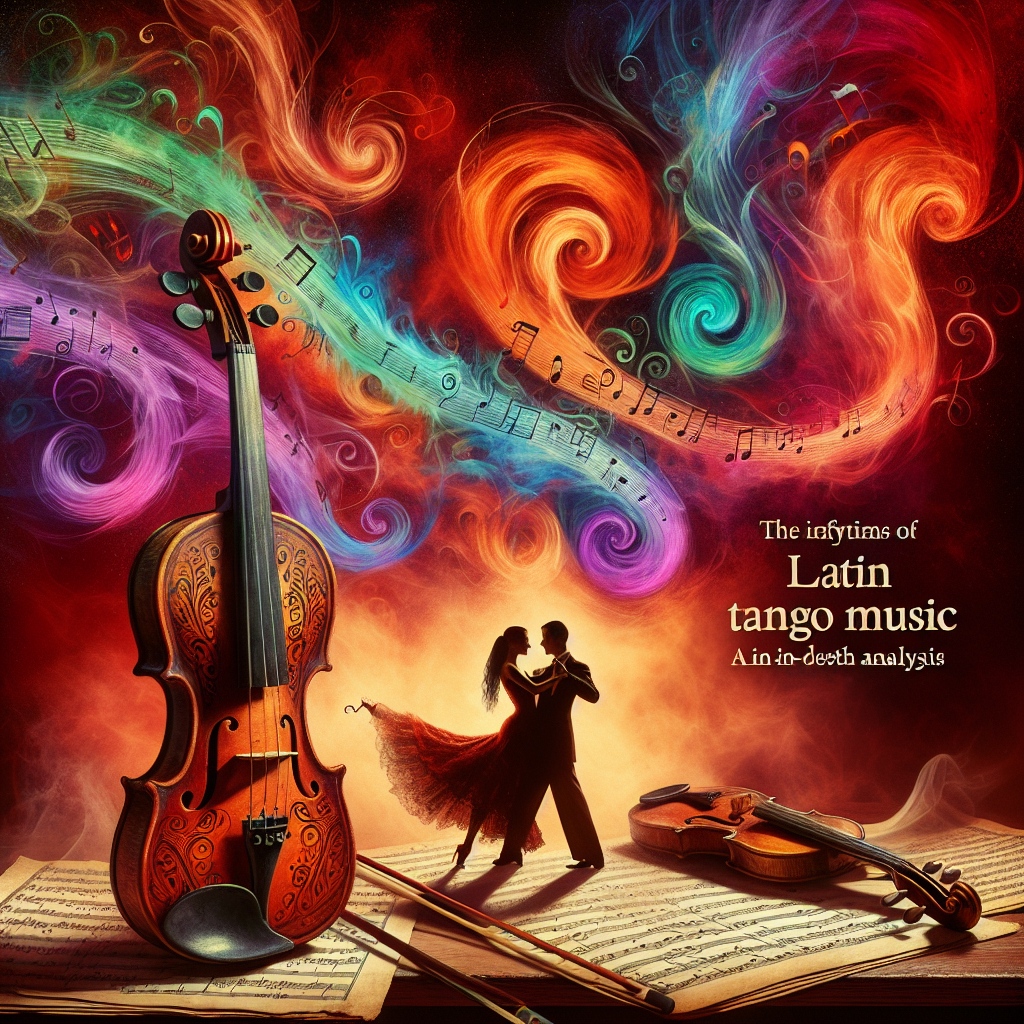For many, the art of Flamenco sparks images of passion, drama, elegance, and intensity, all infused into a stunning mixture of dance, music, and song. Understanding and appreciating Flamenco entails a deep dive into its rich and complex history.
The Roots of Flamenco
The origin of Flamenco traces back to the 15th century, in Andalusia, located in the southern part of Spain. While there isn’t an exact date for its genesis, Flamenco is known to be an amalgamation of numerous cultures and civilizations, including the Romani, Moors, Sephardic Jews, and Andalusians.
The Evolution of Flamenco
Initially, Flamenco was a vocal-only form. It was in the 19th century that Flamenco expanded to include both guitar playing and dancing. During the same period, Flamenco performances became more structured, with performances being held in performing cafés called ‘cafés cantantes’ rather than in private gatherings.
The Flamenco Styles
The art form of Flamenco isn’t static but rather comprises multiple sub-forms known as ‘palos.’ These palos range in emotional intensity and rhythm and are divided into three categories: ‘Cante jondo,’ ‘cante intermedio,’ and ‘cante chico.’ ‘Cante jondo,’ or ‘deep song,’ is the most serious and complex form, dealing with themes of death, anguish, and despair. ‘Cante intermedio’ is considered intermediate, while ‘cante chico,’ or ‘little song,’ encompasses light, festive dances.
The Cultural Significance of Flamenco
Throughout its history, Flamenco has become an essential part of Spanish culture and identity. Its evolving forms have demonstrated the capacity of Spanish society to integrate different communities and their respective cultures. In 2010, UNESCO recognized Flamenco as ‘Masterpieces of the Oral and Intangible Heritage of Humanity,’ acknowledging its profound impact on Spanish culture.
Gaining Mastery
Mastering Flamenco isn’t just about learning the dance movements or the music notes; it’s about understanding the underlying culture and the history that birthed it. It requires technical precision, emotional intensity, and the ability to communicate these elements to the audience effectively. Mastering Flamenco is an ongoing process of learning, practice, and experience.
Conclusion
Flamenco is an artistic marvel that transcends the physical performance. The strands of cultural influences woven into its history add to the richness and depth of this mesmerizing artform. Ultimately, mastering Flamenco involves absorbing and expressing the spirit of Spanish culture, exploring the breadth of human emotions, and celebrating the commune of music, song, and dance.
FAQs
- Q: In which year did Flamenco become recognized by UNESCO?
A: In 2010, UNESCO recognized Flamenco as ‘Masterpieces of the Oral and Intangible Heritage of Humanity.’ - Q: What are the three categories of Flamenco?
A: The three categories of Flamenco are ‘Cante jondo,’ ‘cante intermedio,’ and ‘cante chico.’ - Q: Where did Flamenco originate?
A: Flamenco originated in Andalusia, Spain, in the 15th century. - Q: How did Flamenco evolve in the 19th century?
A: Flamenco expanded to include both guitar playing and dancing in the 19th century. Pervormances also became more structured. - Q: What is the significance of Flamenco in Spanish culture?
A: Flamenco has become an integral part of Spanish culture and identity, demonstrating the capacity of Spanish society to integrate different communities and their respective cultures.




